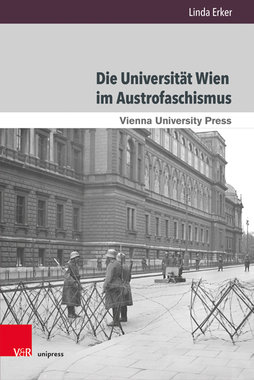Während es über Österreichs Hochschulen nach dem »Anschluss« 1938 zahllose Studien gibt, sind die fünf Jahre davor universitätshistorisch kaum aufgearbeitet. Diese erstaunliche Forschungslücke wird durch den vorliegenden Band geschlossen, der eindrücklich zeigt, wie sehr die Universität Wien unter der Dollfuß/Schuschnigg-Diktatur Schaden nahm. Es kam einerseits zu Sparmaßnahmen, die von der Universität für politische und auch antisemitische »Säuberungen« des Lehrkörpers genützt wurden. Andererseits griffen die Machthaber mittels neuer Gesetze in die universitäre und studentische Selbstverwaltung ein. Diese 1933/34 beginnende Provinzialisierung setzte sich nach 1945 nahtlos fort, als man beim universitären Führungspersonal durchwegs auf frühere austrofaschistische Funktionäre zurückgriff. While there are countless studies on Austria's universities after the "Anschluss" in 1938, the five years before have hardly been covered in terms of university history. This astonishing research gap is closed by the present book, which impressively shows how much the University of Vienna suffered under the Dollfuß/Schuschnigg dictatorship. On the one hand, there were radical economy measures, which were used for political and anti-Semitic "purges" of the teaching staff. On the other hand, the rulers intervened in university and student self-administration by means of new laws. This self-inflicted provincialization was seamlessly continued after 1945, when former Austrofascist functionaries were used throughout, especially in the university leadership.



